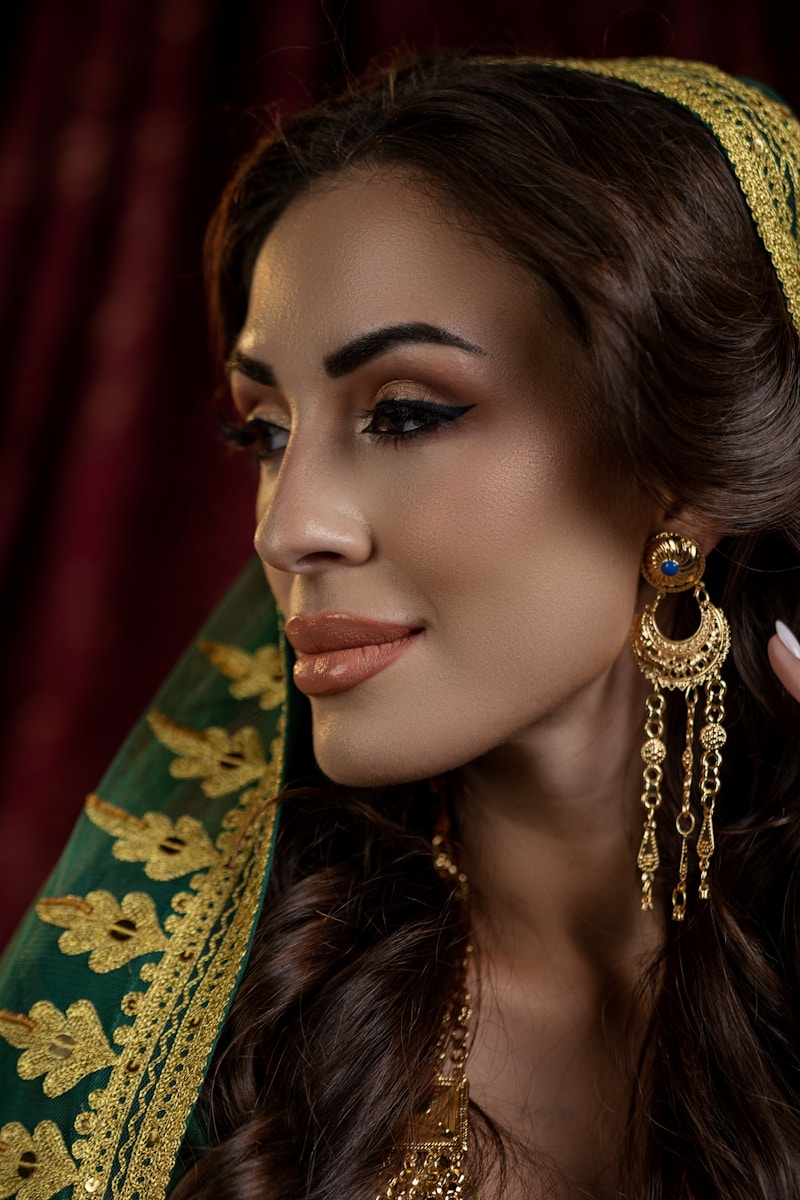Exploring Wedding Dress History: A Journey Through Time and Culture
Wedding dresses have always been an embodiment of beauty, love, and cultural significance. As society evolves, so do the traditions that accompany one of life’s most significant events—marriage. In this article, we will delve into the rich history of Wedding dresses, exploring how styles and materials have transitioned through the centuries, the symbolism behind various designs, and how modern influences shape contemporary bridal fashion. Whether you're a bride-to-be, a history enthusiast, or simply curious, the enchanting world of wedding dress history has something to offer everyone.
The Origin of Wedding dresses
The history of Wedding dresses is deeply intertwined with the evolution of marriage itself. Historically, brides wore their best dresses, which might not have been white. For instance, in ancient Rome, brides donned tunics, symbolizing purity and protection from evil spirits. The color of a dress didn't gain significant prominence until the late 19th century, mostly due to Queen Victoria's choice of a white gown for her marriage to Prince Albert in 1840.
The Influence of Queen Victoria
Queen Victoria’s choice marked a turning point in wedding dress history. Prior to this, brides typically wore red, blue, or even brown gowns, which were considered more practical and symbolic of fertility. However, her white gown, made of silk satin, began a trend that influenced countless brides in Britain and beyond. The emergence of white Wedding dresses signified a shift towards romantic ideals in Victorian society, emphasizing purity and the beginning of a new life.
Materials and Styles Through the Decades
Over the years, the materials and styles of Wedding dresses have seen significant transformations. Let’s take a closer look at some key eras:
| Era | Styles | Materials |
| 1920s | Flapper dresses with dropped waists | Silk, chiffon |
| 1950s | Full skirts, fitted bodices | Taffeta, lace |
| 1970s | Bohemian styles, flowing silhouettes | Natural fabrics like cotton, linen |
| 1980s | Big sleeves, voluminous gowns | Organza, satin |
| Modern | minimalist designs, personalized styles | Various including modern synthetics |
This table illustrates how the wedding dress not only reflects the prevailing fashion of the time but also societal values. For example, the lush, extravagant dresses of the 1980s symbolized a celebration of excess, contrasting sharply with the understated elegance seen in modern bridal wear.
Global Variations in Wedding Attire
While Western cultures have popularized the white wedding dress, other cultures boast varied and rich traditions. Countries around the world have their unique customs and attire, reflecting deeper meanings of cultural identity, heritage, and spirituality.
Chinese Wedding Dress
In China, the traditional wedding dress is often red, symbolizing luck, happiness, and prosperity. The 'qipao' or 'cheongsam,' characterized by its high neck and body-hugging silhouette, is popular among brides. In Modern weddings, brides may wear multiple outfits, including a white gown and traditional red attire during the ceremony.
Indian Wedding Attire
India showcases a vibrant array of Wedding dresses, often featuring rich colors like red and gold. Traditional dresses include the 'lehenga,' a long skirt paired with a blouse and a dupatta (scarf). Many brides also wear intricate jewelry and adornments, emphasizing the festive spirit of Indian weddings.
Accessories: Completing the Look
No wedding dress is complete without the right accessories. From the bridal veil to shoes and jewelry, these elements enhance the overall aesthetic and add personal touches. Historically, veils were used to ward off evil spirits and symbolize modesty. Today, veils often complement the dress and add an ethereal quality to bridal looks.

Modern Trends in Wedding dresses
As we advance into the 21st century, wedding dress trends are continually evolving. Sustainability, inclusivity, and personalization are paramount in contemporary bridal fashion. Many designers focus on eco-friendly fabrics and practices, appealing to environmentally conscious couples. Additionally, a growing movement emphasizes body positivity and inclusivity, ensuring that brides of all shapes and sizes can find a gown that makes them feel beautiful.
Technology’s Role in Bridal Fashion
The influence of technology on Wedding Dress Shopping has grown significantly. Virtual fittings and online boutiques allow brides to explore styles and designs without stepping outside their homes. Social media platforms play a crucial role in showcasing inspiration and trendy designs, making it easier for brides to discover styles that resonate with their personalities.
Understanding the Symbolism Behind Wedding dresses
Beyond aesthetics, Wedding dresses carry profound symbolism. They often represent hope, new beginnings, and the merging of two lives. Various styles can symbolize different attributes; for instance, an off-the-shoulder design may symbolize boldness, while lace may denote delicacy and tradition. Understanding the symbolism behind each choice can deepen the meaning of the wedding itself.
Conclusion: The Enduring Legacy of Wedding dresses
The exploration of wedding dress history reveals not just a timeline of fashion, but a narrative of cultural evolution, personal identity, and societal values. Whether inspired by tradition, modern influences, or personal flair, each wedding dress tells a unique story. As we continue to evolve, the significance of Wedding dresses in ceremonies remains steadfast, reflecting the beauty of love across cultures and generations. For brides, delving into this rich history is not just about selecting a dress, but understanding the legacy it carries.
In closing, whether you are planning a wedding, looking for your dream dress, or simply fascinated by the history of bridal fashion, remember that your choices reflect a beautiful tapestry of tradition, culture, and personal expression. Take your time in exploring your options, understanding their meanings, and choosing a dress that truly feels like 'you.'